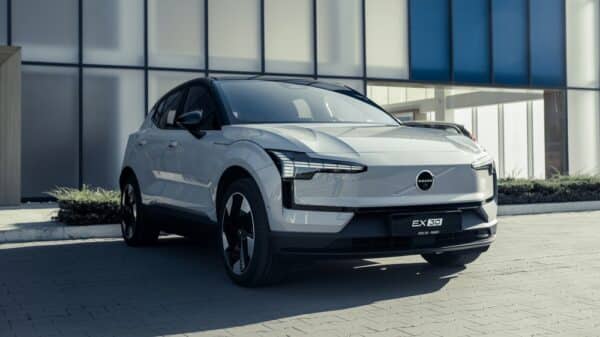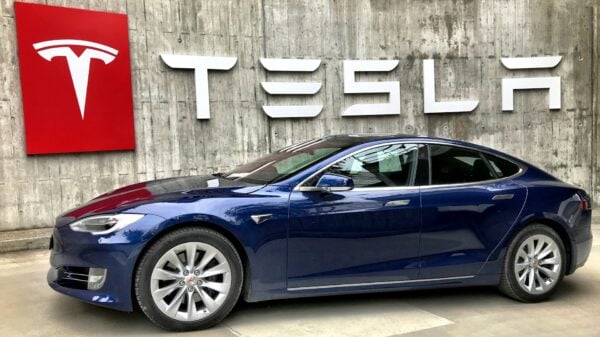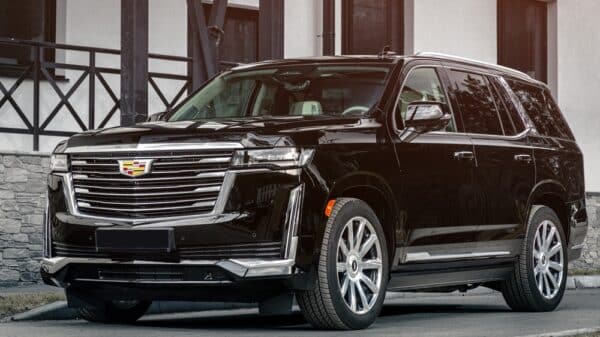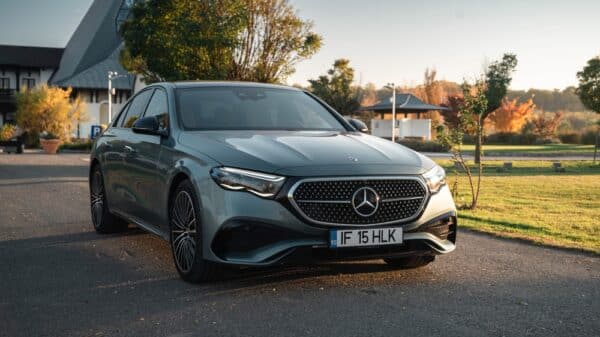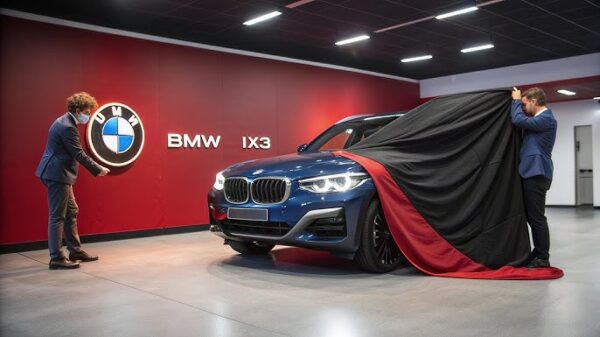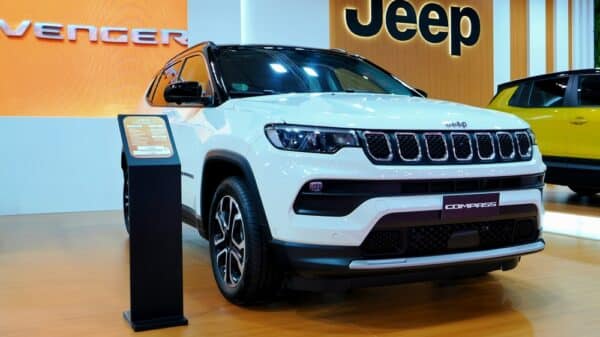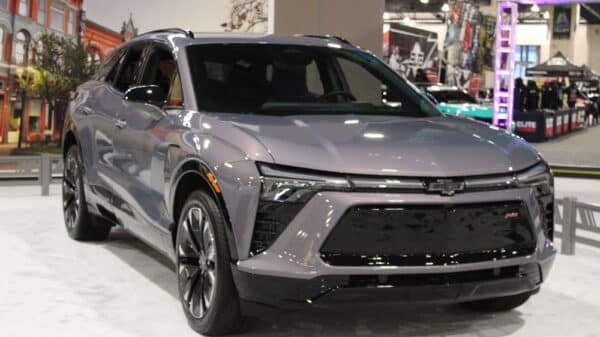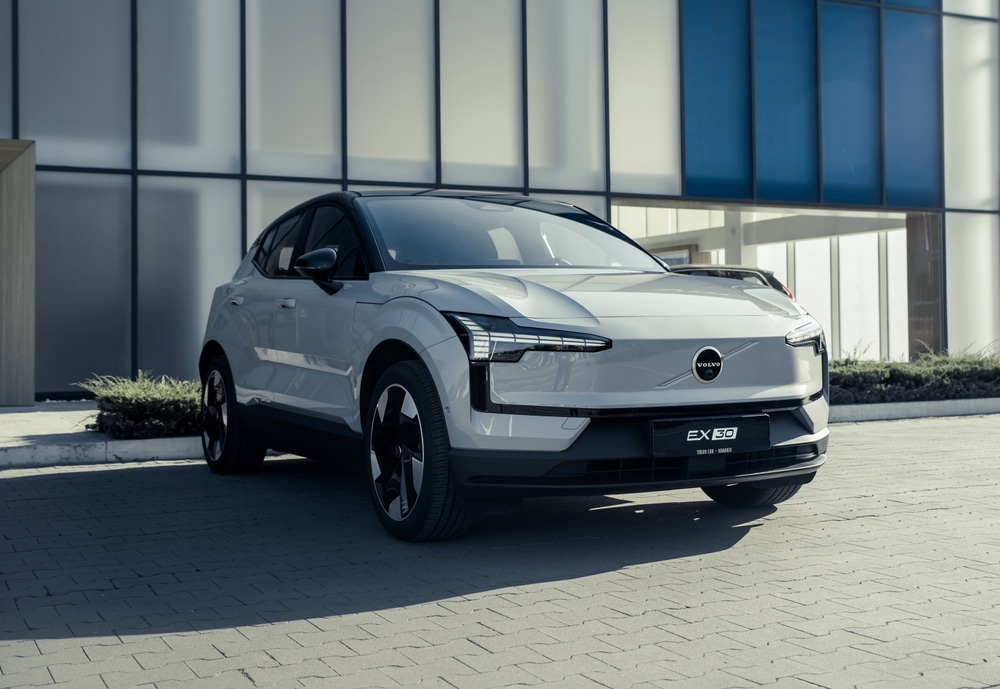I’ve never yelled at a car more than I did when driving the Volvo EX30—seriously, I found myself expressing pure frustration at an inanimate object, which is a new level of absurdity for me.
A simple two-mile trip to the grocery store should be mindless, right? Just hop in, drive, and go. But for some reason, the Volvo EX30 decided to take my silence as a cue for its incessant beeping. My “crime”? Taking too long to adjust the fan speed. “Keep your eyes on the road,” it chimes in its robotic voice. But let’s be real here—this annoying situation is entirely the car’s creation.
To keep the starting price at a relatively low $46,195 in the U.S., Volvo made some significant sacrifices in design. Inside the EX30, it feels like you’re navigating a spaceship rather than a car. There are almost no physical buttons—instead, it’s a touchscreen takeover. The only exceptions are two window switches in the center console. Want to adjust your temperature? Goodbye comfort, hello awkward neck strain as you bend down to locate the controls on a 12.3-inch screen buried three menus deep. What once was a quick twist of a dial now involves a mini-road trip within your own vehicle—and, of course, taking your eyes off the road prompts the car’s overly vigilant driver monitoring system to chastise you.
Yawn for too long? “Take a break.” Try manually changing the radio station? Nope, not while you’re on Volvo’s watch. Dare to drift your gaze toward the horizon? Just forget about it, my friend; the car will remind you to keep your eyes front and center.
This isn’t an isolated issue; it’s a trend that’s like a plague among automakers these days. Touchscreens are everywhere! Even luxury brands like Mercedes-Benz and Lucid still provide some physical controls for basic functions. But in the EX30, Volvo nearly begs you to rely on its voice control system powered by Google Assistant. While it performs admirably—responding quickly to commands for changing temperatures or fan speeds—it’s still 10 times more frustrating than simply twisting a knob or flipping a switch.
Sure, Volvo has made some attempts by moving a few traditional controls to the steering wheel, like volume and menu options. But honestly, even those feel poorly designed. It’s basically a continuous strip of dull black plastic with tiny divots to differentiate the buttons. The click function is subpar, and accidentally pressing the wrong button is all too easy.
And let’s talk visibility: the EX30 skips the instrument cluster and head-up display entirely. Instead, the critical information—speed, battery range, and safety warnings—are crammed into a little corner of the center screen, forcing you to divert your attention off the road again just to check how fast you’re going or how much battery you have left. It’s not just inconvenient; it feels like a design flaw straight out of a low-budget sci-fi flick.
To make matters worse, when you project your smartphone screen, like Apple CarPlay, it doesn’t even take full advantage of the touchscreen. You’ll still see the Volvo interface around it, which is annoying but not the worst of its problems. Android users? Sorry to break it to you, but even though Volvo runs on a Google-built system, you won’t see Android Auto connectivity—it’s baffling.
The EX30 goes even further down the rabbit hole by ditching the key fob completely, opting instead for a key card similar to Tesla’s design. On paper, it may seem clever: just swipe the card on the driver’s side door to unlock it and wallet-friendly enough to fit right in there. But in reality? You might forget that house keys still exist.
To actually start driving, though, you’ll have to pop the key card into a charging slot tucked beneath the touchscreen. If anything else touches that slot—even a keychain—you’ll get a warning that says to remove the distractions. Who exactly decided that was a good idea? And good luck trying to unlock the car when it’s raining; I’ve found myself awkwardly slapping the key card against the door, all while a puddle forms around my feet.
It’s a shame, really, because the EX30 does have its perks. It has a sleek look, a comfortable ride, and a surprisingly quiet cabin. When it’s not beeping at you for every little thing, driving it can be genuinely enjoyable. Plus, there are some nifty storage options up front, including a magnetized shelf and adjustable cup holders.
With a standard range of 253 miles in the U.S., it doesn’t lead the pack, but it does offer fast charging capabilities—going from 10% to 80% in just 27 minutes with a 153-kilowatt DC fast charger. The impressive 422 horsepower also ensures that you have more than enough zip for day-to-day driving.
But all these tech quirks and frustrations leave me with a lingering sense of disappointment. For a brand that has built its reputation on safety and user-friendliness, Volvo’s decision to prioritize a complicated and overly tech-driven interface in the EX30 feels like a step backward. It’s like being handed a beautifully packaged gift only to find it’s filled with a mess of tangled wires.
Image Source: Veyron Photo / Shutterstock






